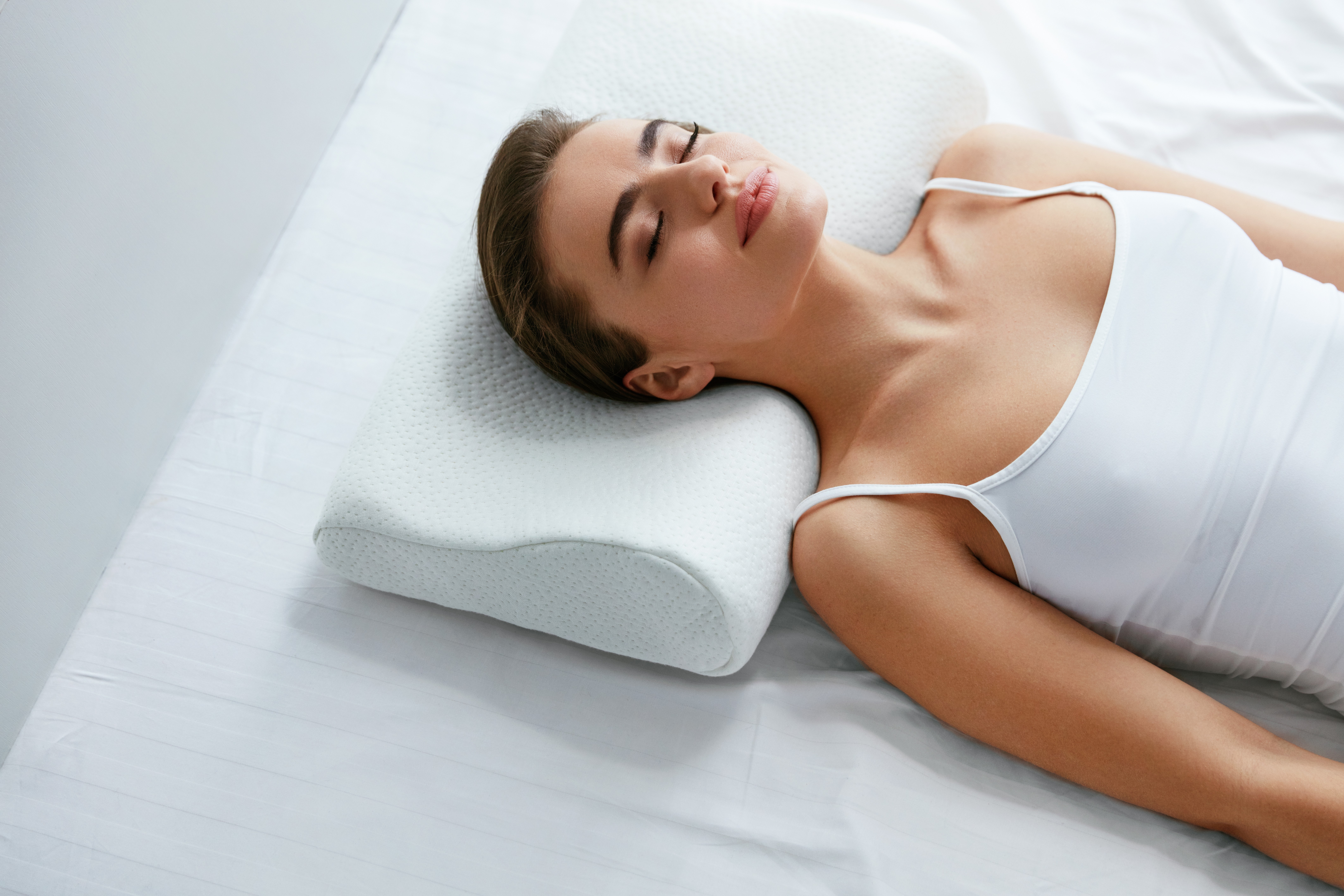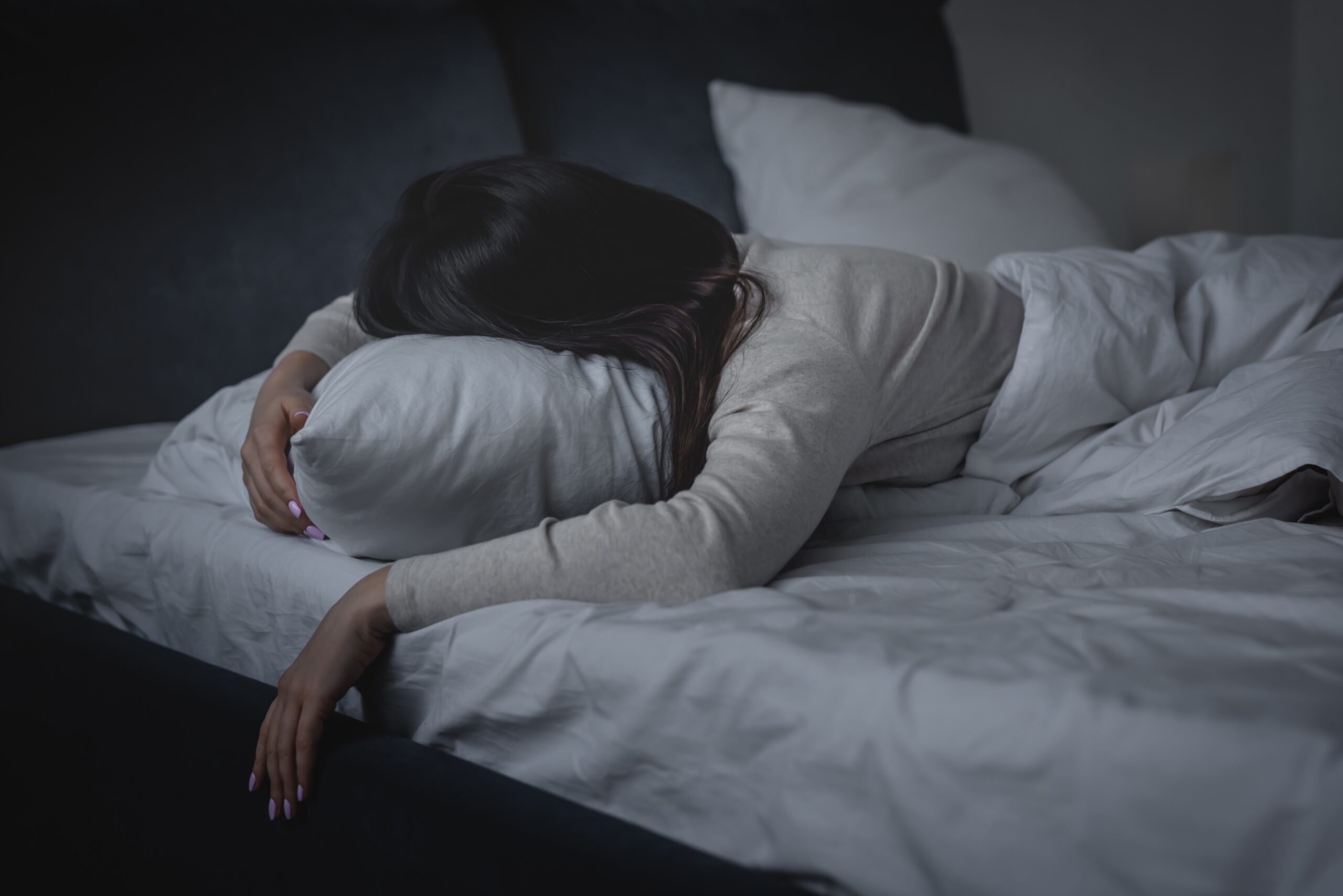The article discusses whether cold laser therapy is effective for back TMJ relief.
How Does Cold Laser Therapy Work?
As aforementioned, low-intensity laser light is used in cold laser treatment to repair tissue. The noninvasive procedure, sometimes referred to as low-level laser therapy (LLLT), appears to suppress inflammatory activity to reduce pain. The medication isn’t really chilly. Its name comes from the fact that low light levels do not result in heat.
Back Problems Treatment
Low-level laser treatment, or LLLT, is another name for cold laser therapy. It has been used as a kind of pain management for more than 30 years. This strategy is frequently applied as it is non-intrusive and appears to help people achieve their goals.
Facet Joints: Cold Laser Therapy
Inflammation of the spine and other joints may result from trauma or relapses of long-term illnesses. Typically, medication can be helpful in these situations.
These medications may, however, have unwanted side effects. When a condition is severe and clearly structural in nature, surgery may be a possibility. But there are hazards associated with surgery, and the outcomes aren’t always good.
When utilized at an energy level that reduces inflammation in the joint capsule, cold laser treatment can be beneficial for joint problems.
For persons with neck facet joint discomfort, a 2011 research published compared spinal manipulative therapy with low-level laser therapy. The researchers discovered that both therapy modalities were beneficial, and that the outcomes were improved when they were combined.
Herniated Disc Pain: Low Level Laser Therapy
A herniated disc can result in radiculopathy and severe discomfort (pinched nerves). Usually, the symptoms extend down the arm or leg.
Over the course of roughly a year, the body will occasionally reabsorb disc material that has protruded. Some patients temporarily control their discomfort with procedures like cold laser therapy.
Chiropractic adjustments or epidural steroid injections are additional herniated disc therapies that can be used alone or in conjunction with LLLT.
One research study, which was reported in the September 2012 edition of Laser Therapy, discovered that cervical disc herniation-related discomfort may be treated using cold laser therapy. This study also discovered that maintaining the advantages of LLLT over the long run required posture education.
Conclusion
Look at the cause of your pain and discuss it with your medical team before deciding whether cold laser treatment is the best option for treating your back pain. By offering you a diagnosis, suggesting treatments for your discomfort, and deciding whether there’s a chance that this therapy would be helpful, they can point you in the correct path.



